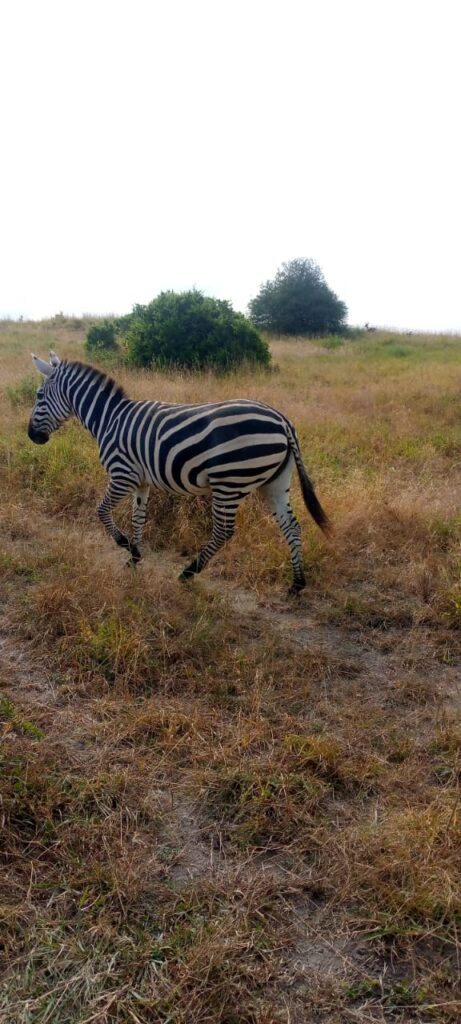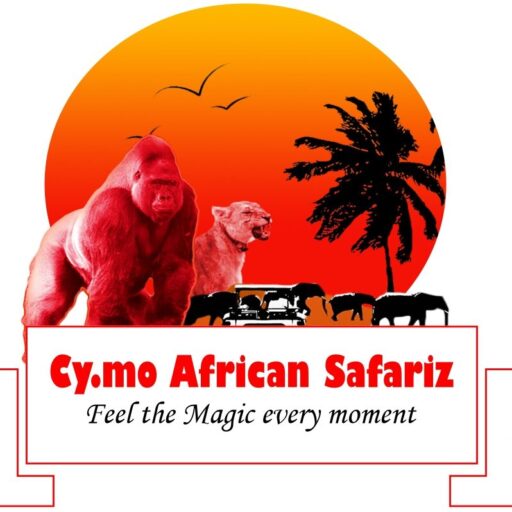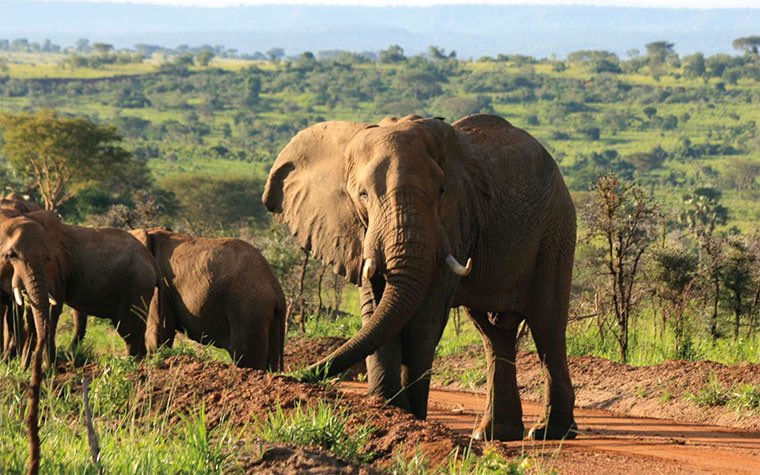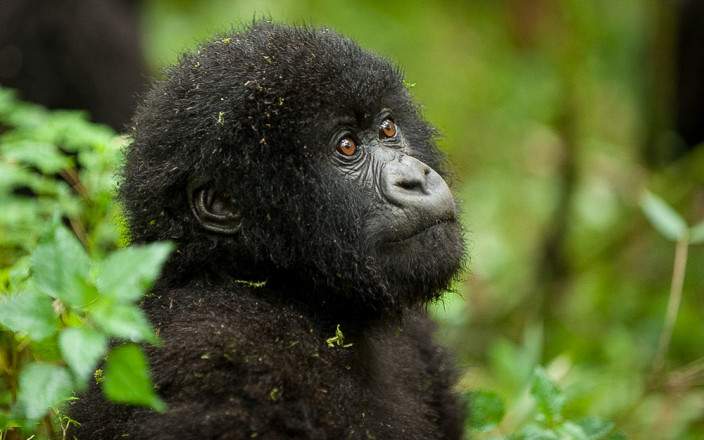A Detailed Guide
Planning a safari in Uganda involves careful consideration of timing to ensure optimal wildlife sightings, favorable weather conditions, and memorable experiences. Uganda, known as the “Pearl of Africa,” offers diverse landscapes, rich wildlife, and vibrant cultures throughout the year. Understanding the seasonal variations and their impact on safari activities will help you plan a safari that aligns with your interests and expectations.

Seasons in Uganda
Uganda experiences two primary seasons: the dry season and the rainy season, each offering unique advantages for safari-goers.
Dry Season
– Months: December to February, June to September
-Advantages:
– Ideal for wildlife viewing as animals gather around water sources.
– Clear skies and sunny weather for optimal photography.
– Easier accessibility to remote areas and national parks.
– Popular Parks: Murchison Falls National Park, Queen Elizabeth National Park, Kidepo Valley National Park.
Rainy Season
– **Months:** March to May, October to November
– Advantages:
– Lush, green landscapes create picturesque scenery.
– Fewer tourists result in quieter safaris and discounted rates.
– Excellent for birdwatching as migratory birds flock to Uganda.
– Considerations: Some roads may become impassable due to heavy rains, particularly in remote areas.

Wildlife Viewing in Uganda
Uganda boasts a remarkable array of wildlife species, making it a prime destination for safari enthusiasts. The timing of your visit can significantly impact your chances of encountering iconic African wildlife.
Key Wildlife:
– Big Five: Lions, elephants, buffaloes, leopards, rhinos (found in Ziwa Rhino Sanctuary).
– Primates: Mountain gorillas, chimpanzees, golden monkeys, and various monkey species.
– Other Species: Giraffes, zebras, antelopes, hippos, crocodiles, and numerous bird species.
Best Time for Wildlife Viewing:
– Dry Season: Ideal for game drives and seeing predators in action.
– Gorilla Trekking: Year-round in Bwindi Impenetrable Forest and Mgahinga Gorilla National Park, with drier months (January, February, June to September) offering easier trekking conditions.
Gorilla Trekking in Uganda

A highlight of any safari in Uganda is the opportunity to trek through dense forests to observe endangered mountain gorillas in their natural habitat. Gorilla trekking requires a permit, and the timing of your visit can impact your trekking experience.
Best Months for Gorilla Trekking:
– Dry Season: January, February, June to September
– Clearer paths and easier trekking conditions.
– Higher chances of stable weather for uninterrupted trekking.
– Permit Availability: Book permits well in advance, especially for popular months like June to September.
Birdwatching Opportunities

With over 1,000 bird species, Uganda is a haven for birdwatchers. The country’s varied habitats—from forests to wetlands—host an abundance of resident and migratory bird species.
Best Time for Birdwatching:
– Rainy Season: March to May, October to November
– Migratory birds arrive in Uganda, adding to the diversity.
– Breeding plumage and active birdlife in lush environments.
– Key Birding Locations: Murchison Falls National Park, Queen Elizabeth National Park, Kibale Forest National Park.
Chimpanzee Tracking

Kibale Forest National Park is renowned for its populations of chimpanzees, providing visitors with the opportunity to observe these intelligent primates up close.
Best Time for Chimpanzee Tracking:
– Dry Season: January, February, June to September
– Better visibility and chances of encountering chimpanzees.
– Cooler temperatures for comfortable trekking experiences.
Cultural Experiences

Uganda’s cultural diversity is as rich as its natural beauty, offering visitors opportunities to engage with local communities and experience traditional lifestyles.
Cultural Highlights
– Local Festivals: Experience vibrant celebrations and traditional dances.
– Community Visits: Interact with tribes such as the Batwa, Baganda, and Karamojong.
– Cultural Sites: Visit historical landmarks and traditional villages near safari destinations.
Weather Considerations
Uganda enjoys a tropical climate with moderate temperatures year-round. Understanding the weather patterns can help you prepare for your safari adventure.
Climate Overview:
– Temperature: Average highs of 25-29°C (77-84°F) throughout the year.
– Rainfall: Heaviest during the rainy seasons (March to May, October to November).
– Dry Season: Cooler temperatures and lower humidity levels.
Accessibility and Crowds
The popularity of Uganda’s safari destinations fluctuates throughout the year, affecting availability, prices, and overall experience.
High Season (June to September, December to February):
– Peak tourist influx.
– Higher accommodation rates and limited availability without prior booking.
– Ideal for wildlife viewing and gorilla trekking due to optimal weather conditions.
Low Season (March to May, October to November):
– Fewer tourists and discounted rates on accommodations and permits.
– Lush landscapes and excellent for birdwatching.
– Some roads may be challenging due to heavy rains.
Special Wildlife Events
Uganda’s national parks host unique wildlife events that can enhance your safari experience with extraordinary natural phenomena.
Example Events:
– Kob Mating Season: Murchison Falls National Park (December to February).
– Bird Migration: Various parks during the rainy seasons (March to May, October to November).
Planning Your Uganda Safari Tour
To make the most of your safari in Uganda, consider the following practical tips and recommendations:
Preparation:
– Permits: Secure gorilla and chimpanzee trekking permits well in advance.
– Accommodations: Book lodges and camps early, especially during high season.
– Transportation: Arrange for reliable transportation, considering road conditions and distances between parks.
Guided Tours:
– Local Guides: Hire experienced guides for wildlife tracking and cultural tours.
– Tour Operators: Choose reputable tour operators specializing in Ugandan safaris.
– Customized Itineraries: Tailor your itinerary to include specific interests and activities.
Health and Safety:
– Vaccinations: Consult with a healthcare provider regarding recommended vaccinations.
– Travel Insurance: Obtain comprehensive travel insurance covering medical emergencies and safari activities.
Conclusion
Embarking on a safari in Uganda promises a journey of discovery through diverse landscapes, encounters with extraordinary wildlife, and immersive cultural experiences. By understanding the best time to visit based on wildlife movements, weather patterns, and cultural events, you can optimize your safari experience for an unforgettable adventure in the heart of East Africa. For personalized assistance in planning your Uganda safari tour, including gorilla trekking, wildlife safaris, and cultural excursions, contact Cymo African Safaris(https://www.cymoafricansafaris.com). Our team of experts is dedicated to crafting tailored safari experiences that exceed your expectations. Start planning your dream safari today
CONTACT CYMO AFRICAN SAFARIS
Phone: +25677718992
WhatsApp: +256777118992
Email 1: safariswithcymo@gmail.com
Email 2: info@cymoafricansafaris.com
Website: www.cymoafricansafaris.com




